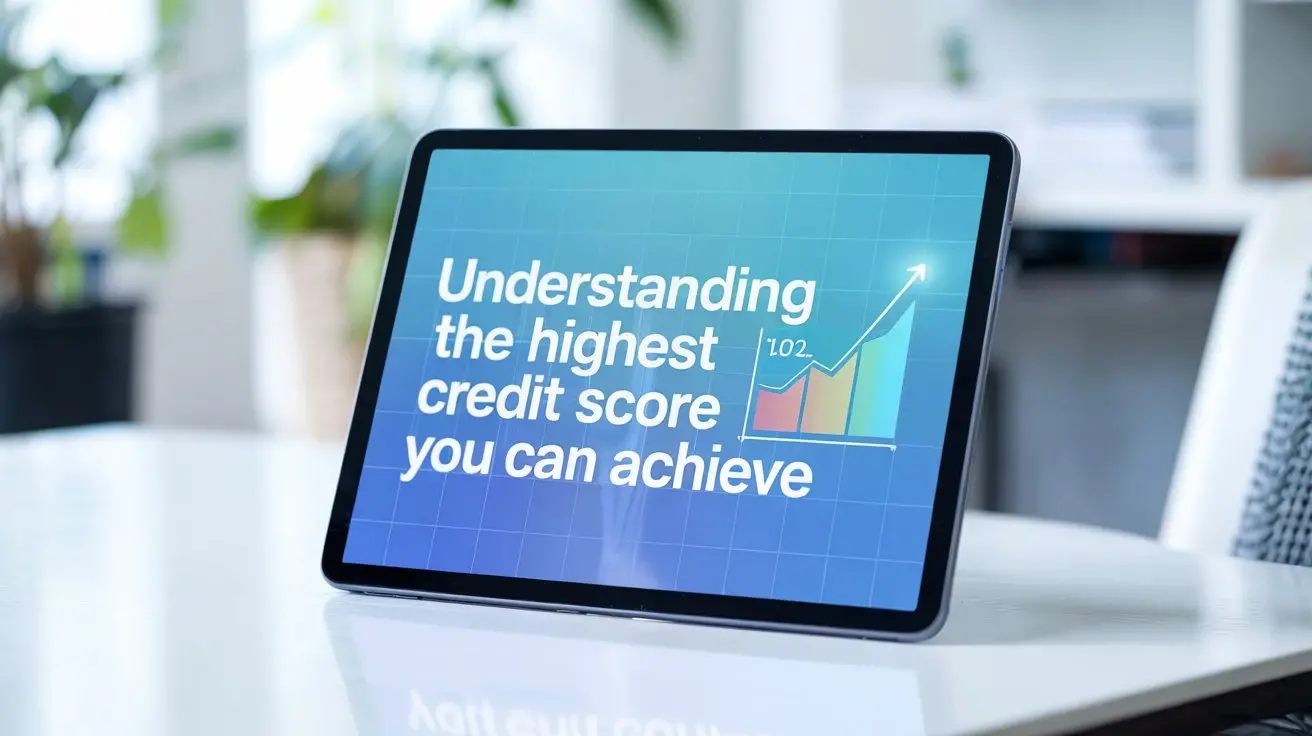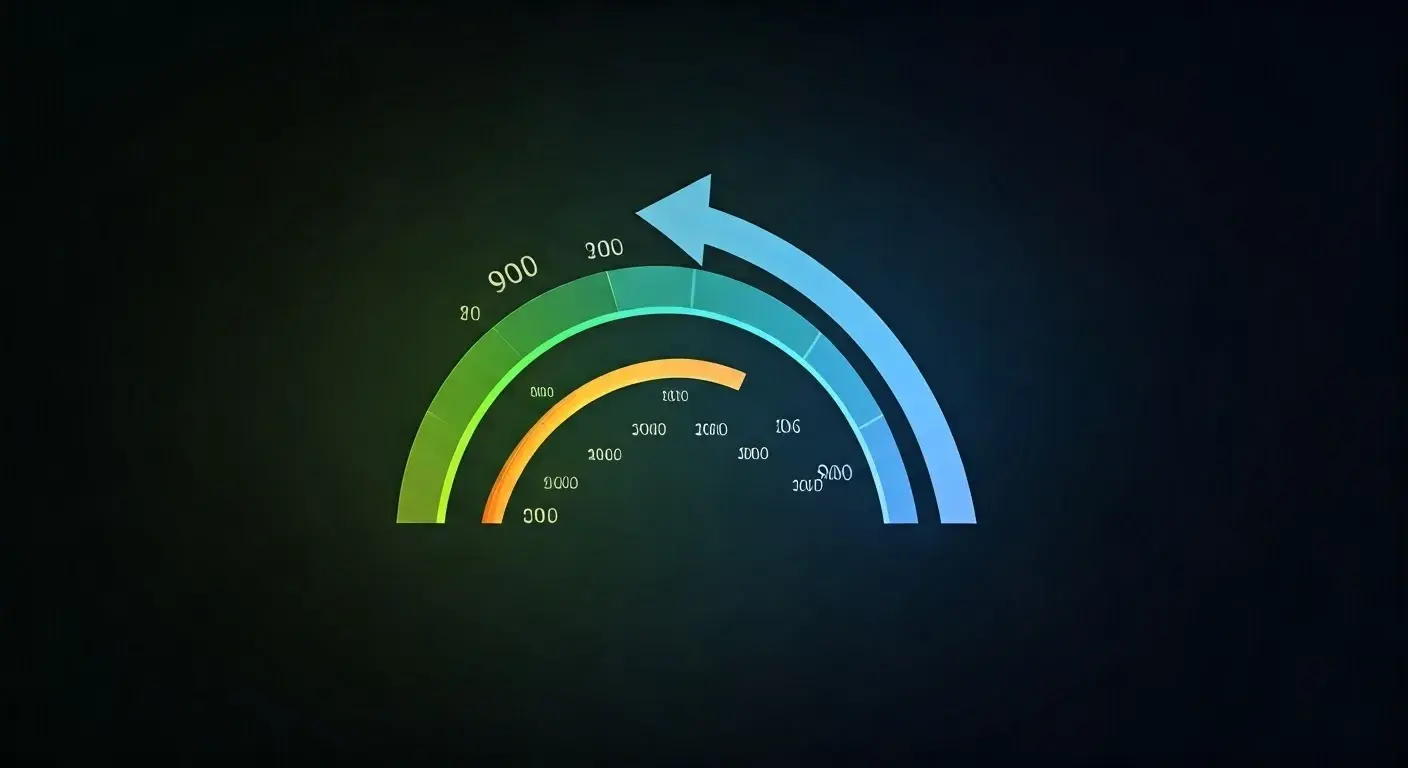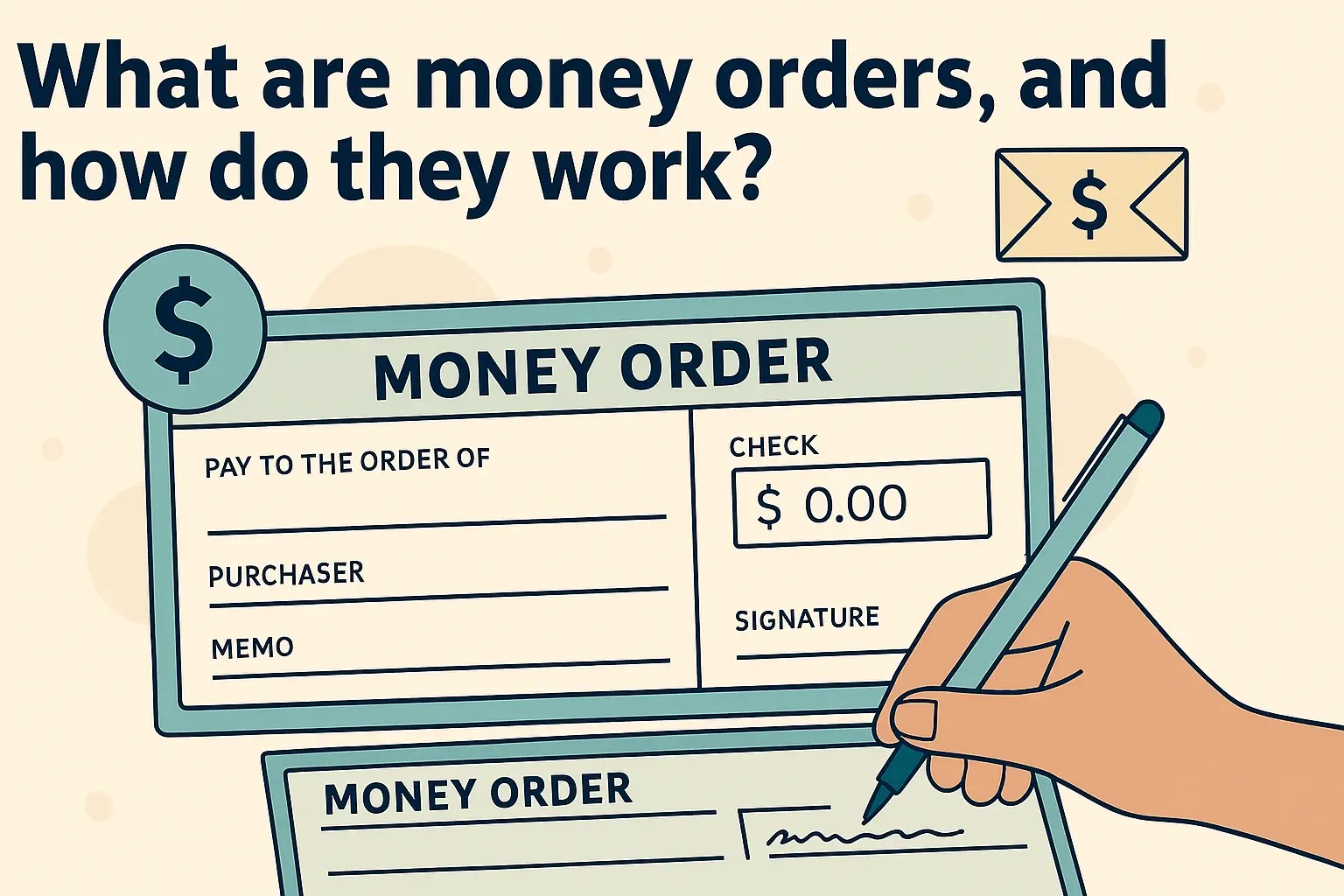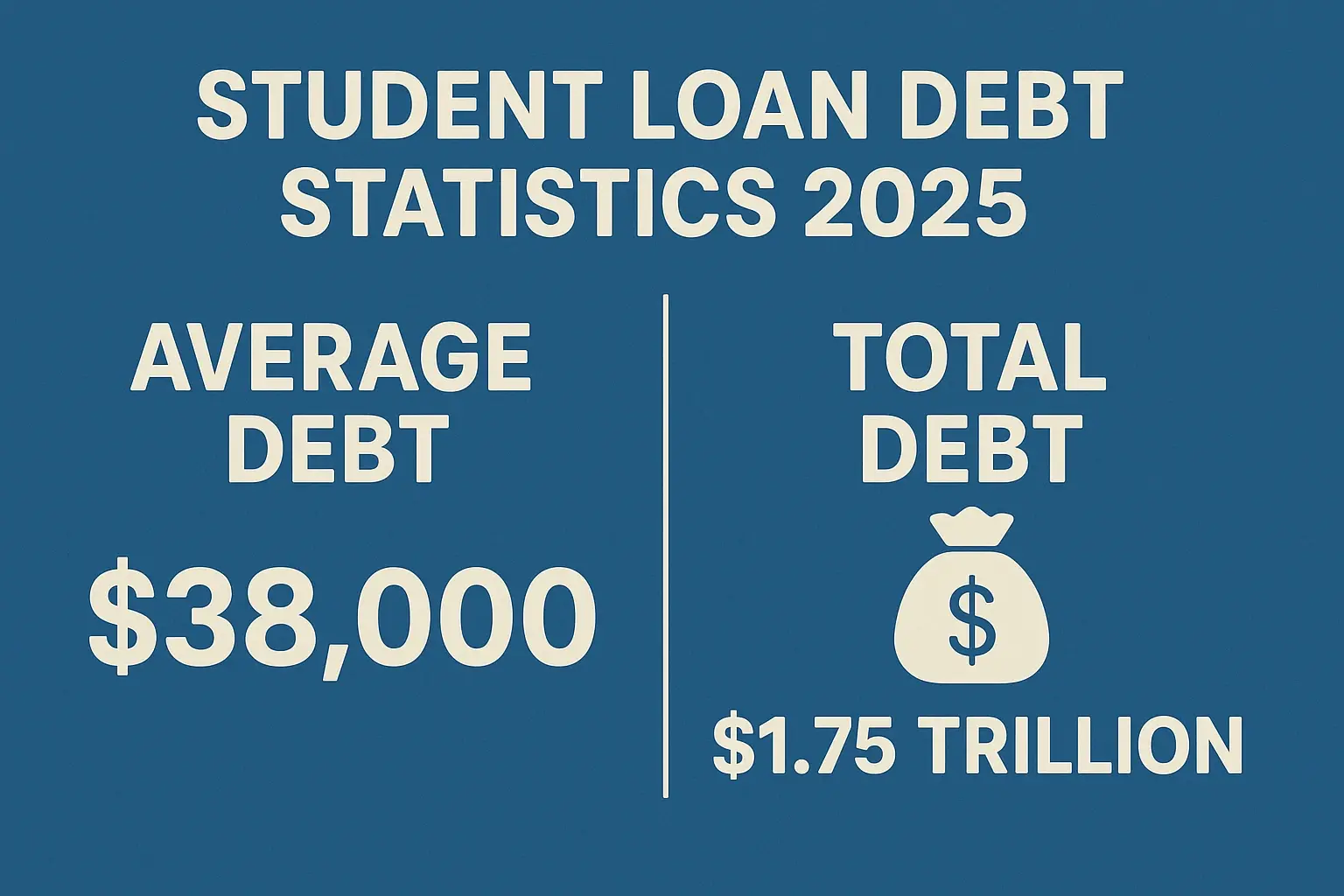-
Posted on: 31 Jul 2024
-
Known as the FICO score, a credit score is the most familiar idea in the United States. Derived from Fair Isaac Corporation, the company that created the FICO rating system, FICO is an abbreviation. Lenders, therefore, utilize the FICO scores to help them reach credit choices; this covers credit application acceptance as well as credit limit approval of interest rates. It tells the lenders that for any FICO score range above the median, a certain borrower is low risk.
FICO Score is the "Fair Isaac Corporation score," a credit score used to evaluate a person's creditworthiness. Established on the data in the credit file, a three-digit FICO score ranges from 300 to 850. Three main credit reporting agencies handle credit reports: Experian, Trans Union, and Equifax. These records show how you have been managing credit cards, loans, mortgages, etc., among your payments and obligations.
FICO scores take into account five main factors of your credit history:
- The record of credit payment shows the customer's capacity to pay the needed amounts. Your FICO score comes from this area, worth thirty-five percent.
- The ratio of your use to the whole quantity of credit available is known as credit utilization. Your credit use is therefore 50/100 = 50 percent if your outstanding amount is 5000 and your credit limit is 10000. As a means of offsetting the exam, they account for thirty percent of your total marks.
- Combining many kinds of credit is what you have at hand. Generally speaking, the age increases the score; that is, when the history is longer. These represent fifteen percent of your total.
- Credit mix: Does the applicant have past credit reporting history on credit cards, installment loans, mortgages, etc.? This fits 10%.
- Applying for many new credit cards at once will lower your credit score. Ten percent is made of this.
The current popular FICO score models are FICO 8 and FICO 9 models. The FICO score which stands for the Fair Isaac Corporation score is a widely used credit scoring model among lenders. All the FICO scores were between 300 and 850. But first, let us understand what is meant by a good or bad FICO score.
Here is a basic overview:
- 800 and above – Excellent customers. This score should enable you to get the best interest rates and other loan policies in the market.
- 625 to 674 – Good. You should still be able to attain good rates although probably not on the best rates obtainable out there.
- 675 to 744 - Good credit. You may end up paying higher interest than those with better ranks, but at least you will always be approved.
- 710 to 580 – The fair credit. It is still possible to get your application approved but as a result, you might end up paying higher interest rates or being offered a higher rate of loan.
- 498 to 574 - Low credit. It may be more difficult to get the needed approval. If you do, be prepared to pay quite high rates and fees for the services of such a processor.
- Below 500 – Bad credit rating. You will most likely find it hard to secure normal loans and credit cards.
How Do I Know My FICO Score?
After keeping yourself acquainted with the concept of the FICO score and getting an idea about which range is best for you, the next thing that should come to your mind is ‘What is my actual FICO score?’ However, the FICO does not offer credit scores to the public, and therefore, individuals have to access them through third parties.
However, here are some ways you can access your latest FICO score:
- Most credit card companies, including Discover, Capital One, and Bank of America, provide FICO scores free on the online account or the monthly statement.
- Personal loans: Some lenders, like SoFi, give free FICO score data to candidates.
- Online tools: One of the most often used methods individuals get their score is by visiting various websites, for example, myFICO, which provides the score for a set charge and could also contain other services like credit score monitoring. The expenses may run from $20, or as much as $40 per month.
- Free trials: On credit monitoring websites, you may register for a free trial that will provide FICO ratings for whatever length of time a trial period. This is our preferred approach as it is free as long as you do not want to use it every day; just keep in mind to cancel before you pay a monthly subscription.
Conclusion
FICO scores are a benchmark credit scoring system that is used by all but a few lenders in the credit application assessment process. Credit scores may vary between 300 and 850, a score above 800 being regarded as excellent credit while below 500 revealing significant trouble. It is unwise to check your score often but it is recommended to check it once in a while to monitor your credit status. Still, there are ways through which consumers can get their FICO scores, even though it is not free.
Call (888) 803-7889 today to start repairing your credit and securing your financial future!
- The record of credit payment shows the customer's capacity to pay the needed amounts. Your FICO score comes from this area, worth thirty-five percent.








